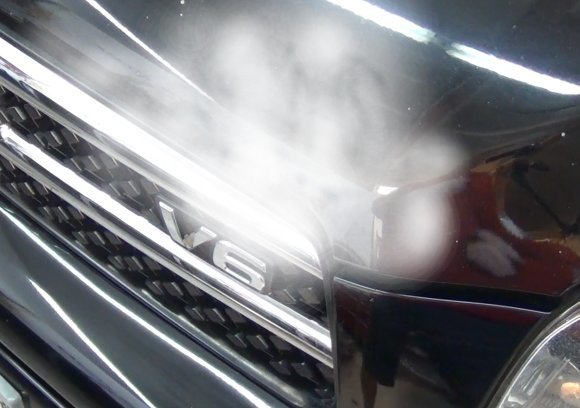The next thing is to connect a scanner to view live data and see what the engine computer is seeing for coolant temperature. If there is simply a problem with the gauge and its sensor, the temperature shown on the scanner will be normal. The fan turns on in response to what the engine computer is seeing. Be sure the fan is running at full speed. If the motor has tight bearings, eventually the fuse will blow, but until that happens, it will run too slowly to move sufficient air. You should see the motor take a few seconds to coast to a stop when it cycles off. If the bearings are tight, it will stop almost instantly. It will also be hard to turn by hand.
Keep in mind radiators since the late 1980's are extremely efficient, and almost do not need a fan. It is not uncommon for the coolant temperature to drop a lot when the engine is off for as little as a minute or two. The coolant deep in the engine is still hot though, and it will circulate to the temperature sensor right after the engine is restarted.
Also, be aware that after the cylinder head gasket has just been replaced, a repeat failure is a good suspect. A recently replaced gasket is more likely to leak compared to one that has not been leaking for many years. Improper surface prep, incomplete cleaning, debris stuck in the bottom of head bolt holes, and things like that can cause repeat problems. Improper head bolt torque procedure, and reusing old bolts that are "one-time-use" will lead to another leaking gasket.
Sunday, January 1st, 2017 AT 9:27 PM



